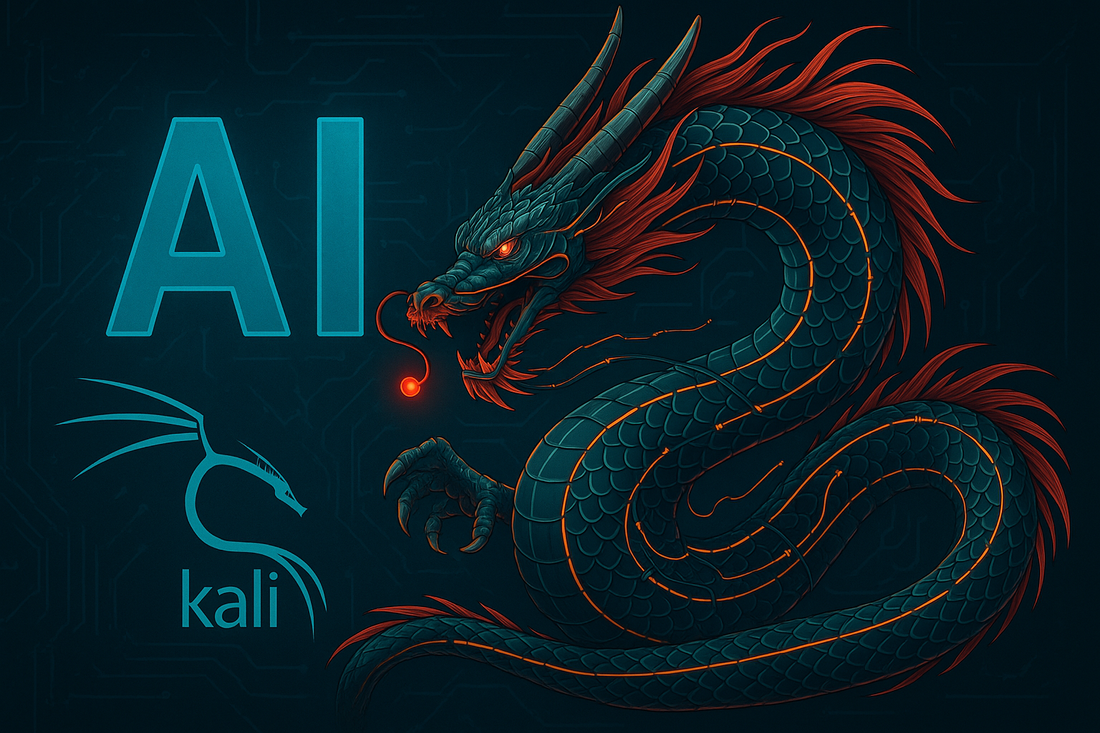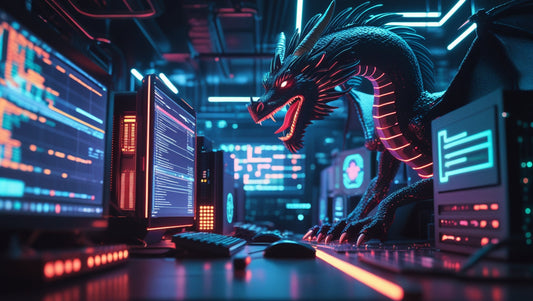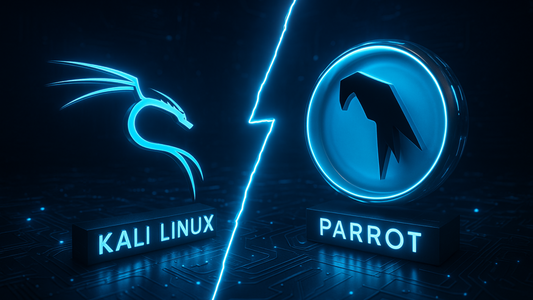
5 Cybersecurity Tasks You Can Delegate to AI
Share
In the fast-paced world of cybersecurity, staying ahead of threats requires both skill and efficiency. Artificial Intelligence (AI) has rapidly become a game-changer, automating repetitive tasks and empowering security teams to focus on strategic challenges. Here are five key cybersecurity tasks you can delegate to AI to boost your defenses and productivity.
1. Threat Detection and Monitoring
AI excels at analyzing massive amounts of data in real time. By continuously monitoring network traffic, logs, and user behaviors, AI-powered systems can quickly identify anomalies that may indicate cyber threats, such as malware infections, unauthorized access, or insider threats. Delegating threat detection to AI means faster response times and fewer false positives.
2. Vulnerability Scanning and Assessment
Regular vulnerability scans are essential to uncover weaknesses before attackers exploit them. AI-driven tools can automate scanning across networks, applications, and devices, prioritizing vulnerabilities based on risk levels. This automation helps cybersecurity teams maintain an up-to-date security posture without manual effort.
3. Incident Response Automation
When a security incident occurs, every second counts. AI can automate initial incident responses such as isolating affected systems, blocking suspicious IP addresses, or applying predefined firewall rules. This reduces the window of opportunity for attackers and supports security teams in managing incidents more effectively.
4. Phishing Detection and Prevention
Phishing attacks remain one of the most common and dangerous threats. AI-powered email filters analyze incoming messages for suspicious content, links, and sender behaviors, blocking or flagging potential phishing attempts. This helps protect employees from falling victim to social engineering attacks.
5. Security Awareness Training Personalization
Human error is a leading cause of security breaches. AI can personalize security awareness training by analyzing employee behavior and knowledge gaps, then tailoring training content accordingly. This targeted approach increases engagement and reinforces good security habits.
Conclusion
By delegating these tasks to AI, cybersecurity teams can enhance their efficiency, reduce human error, and focus on higher-level strategies to protect their organizations. AI is not here to replace human experts but to serve as a powerful ally in the ongoing battle against cyber threats.



